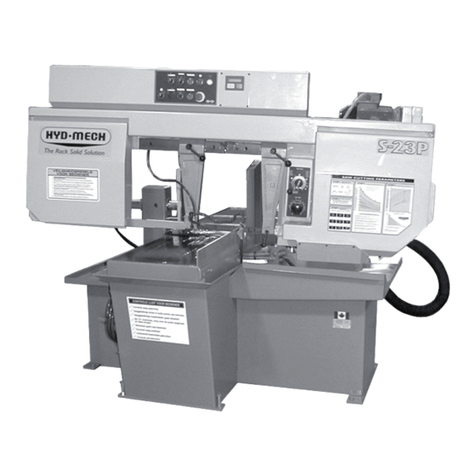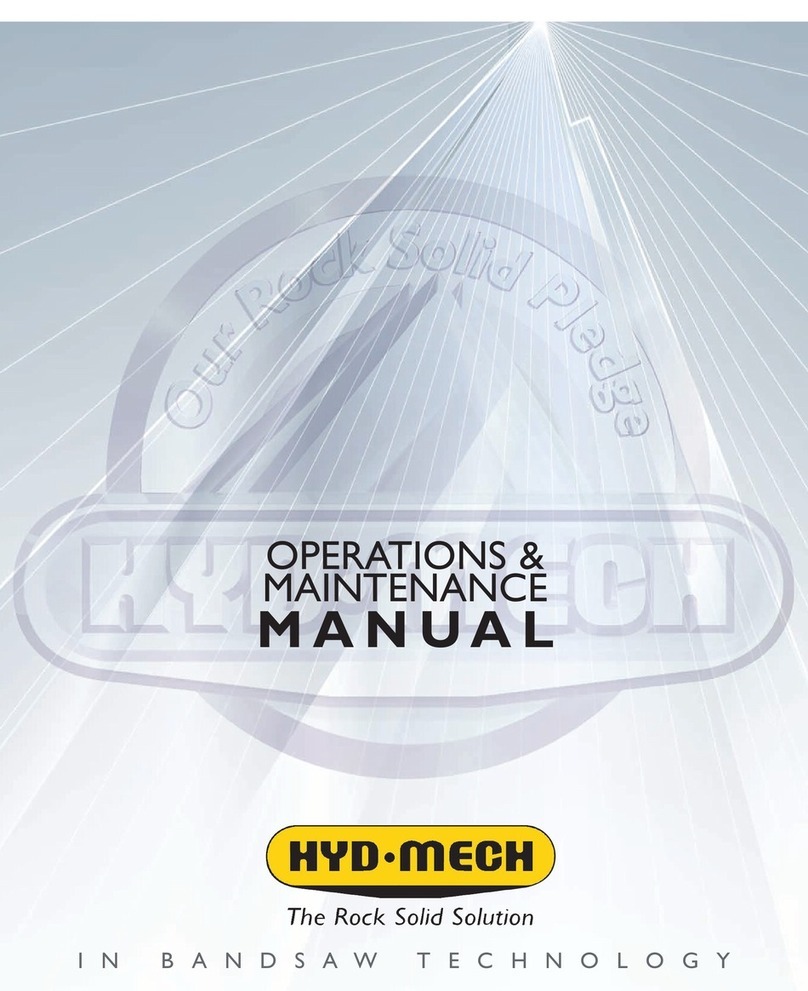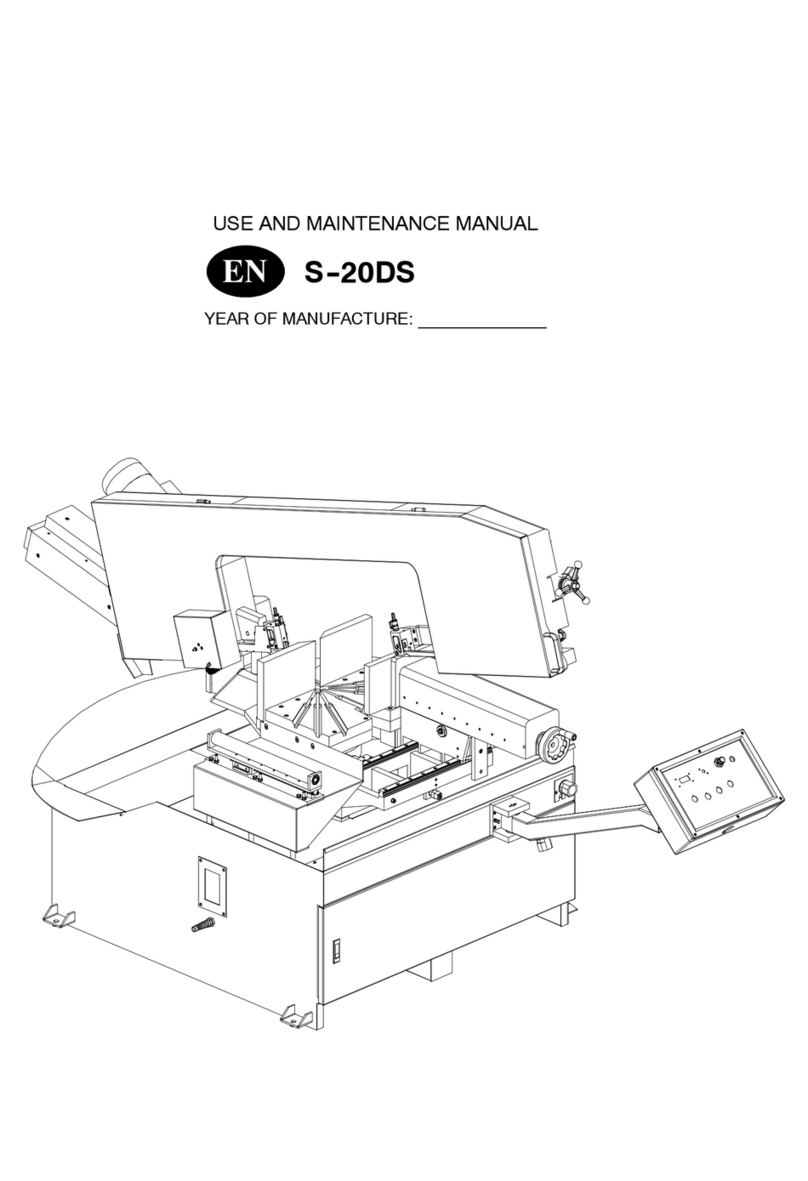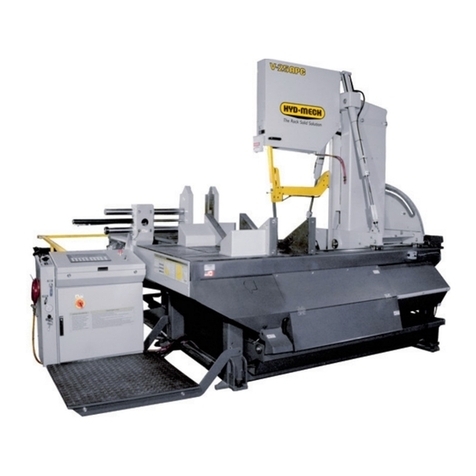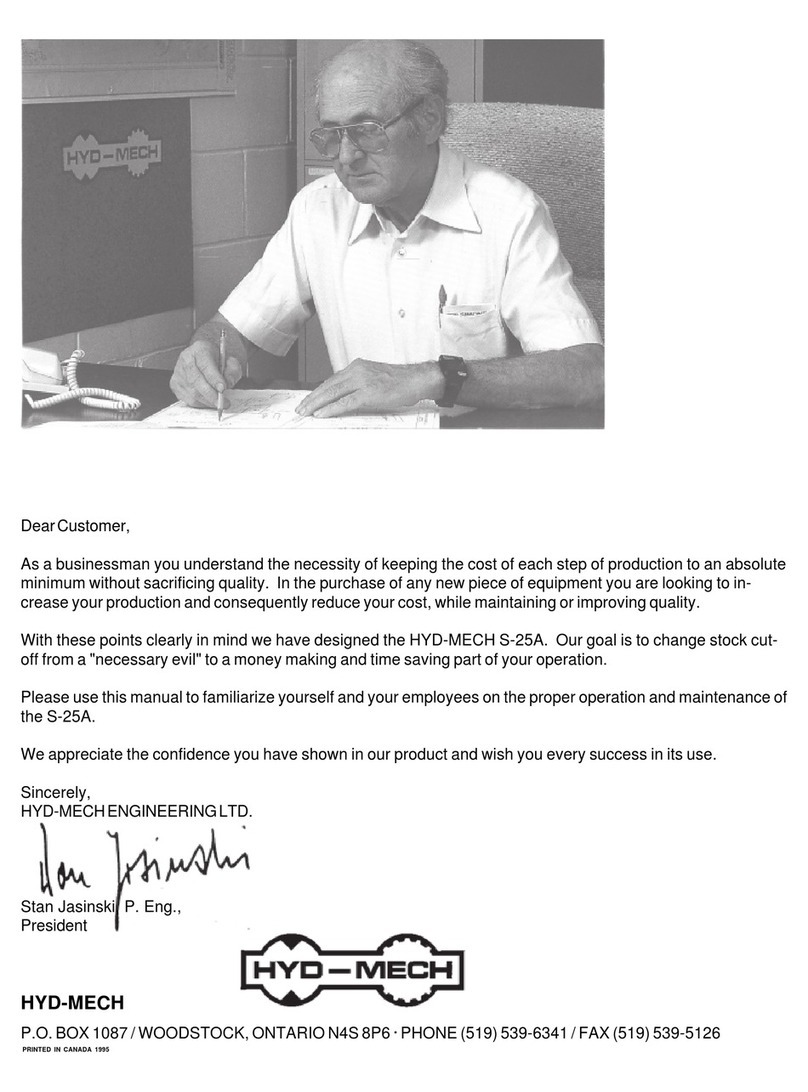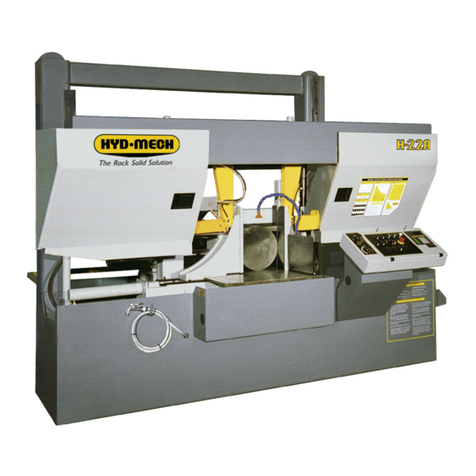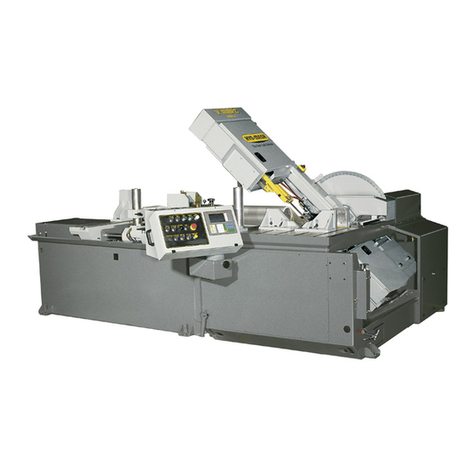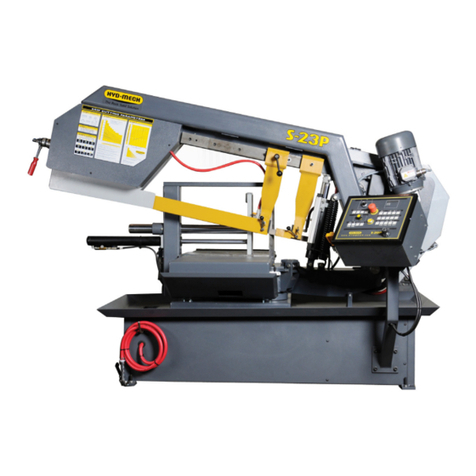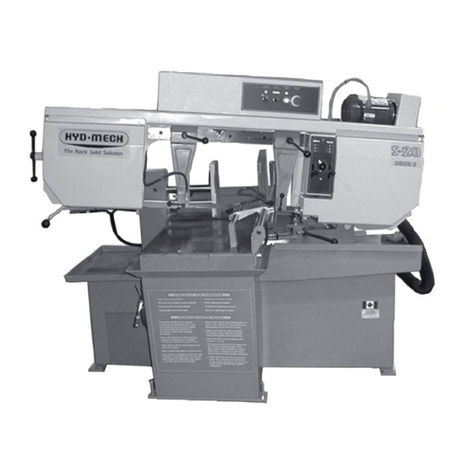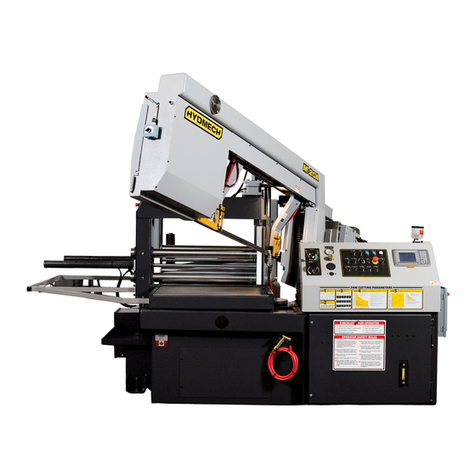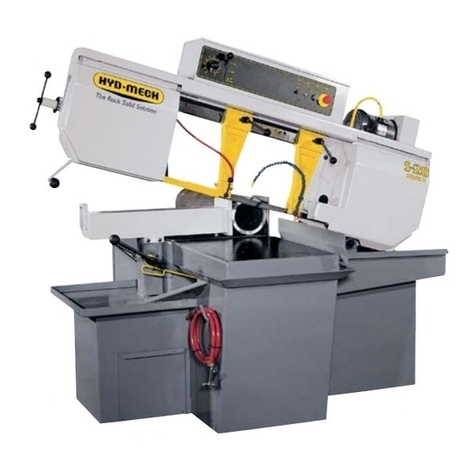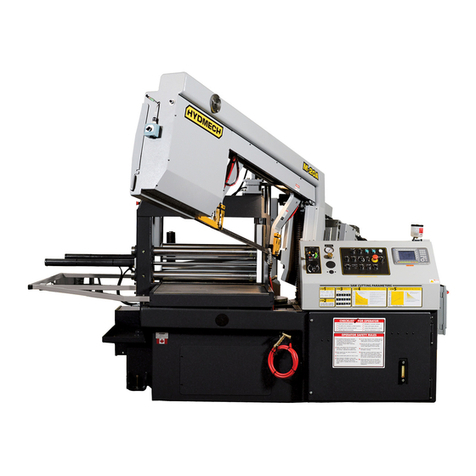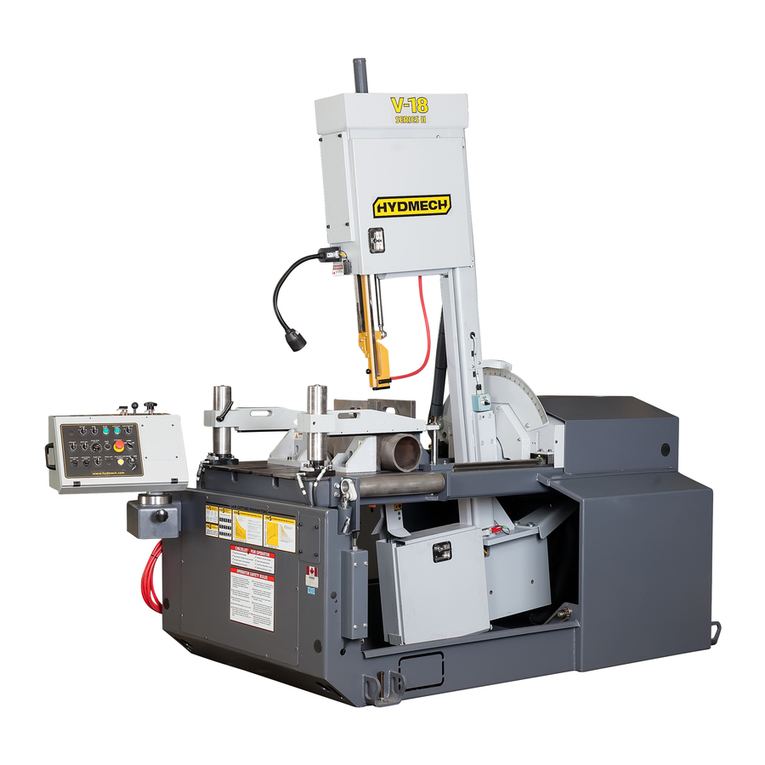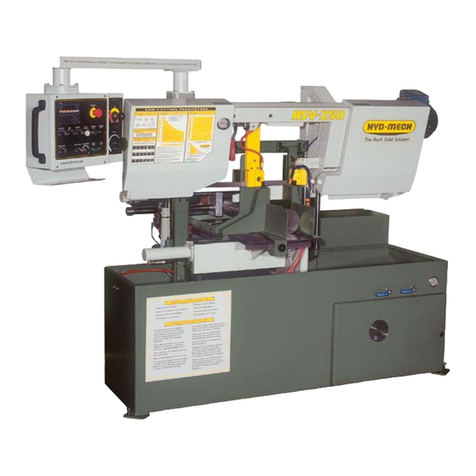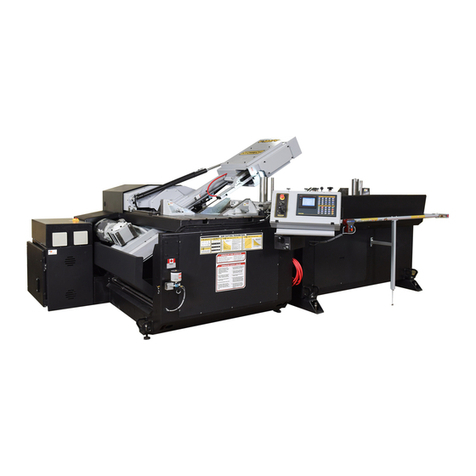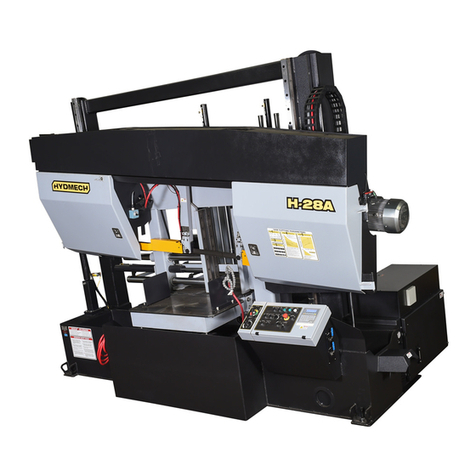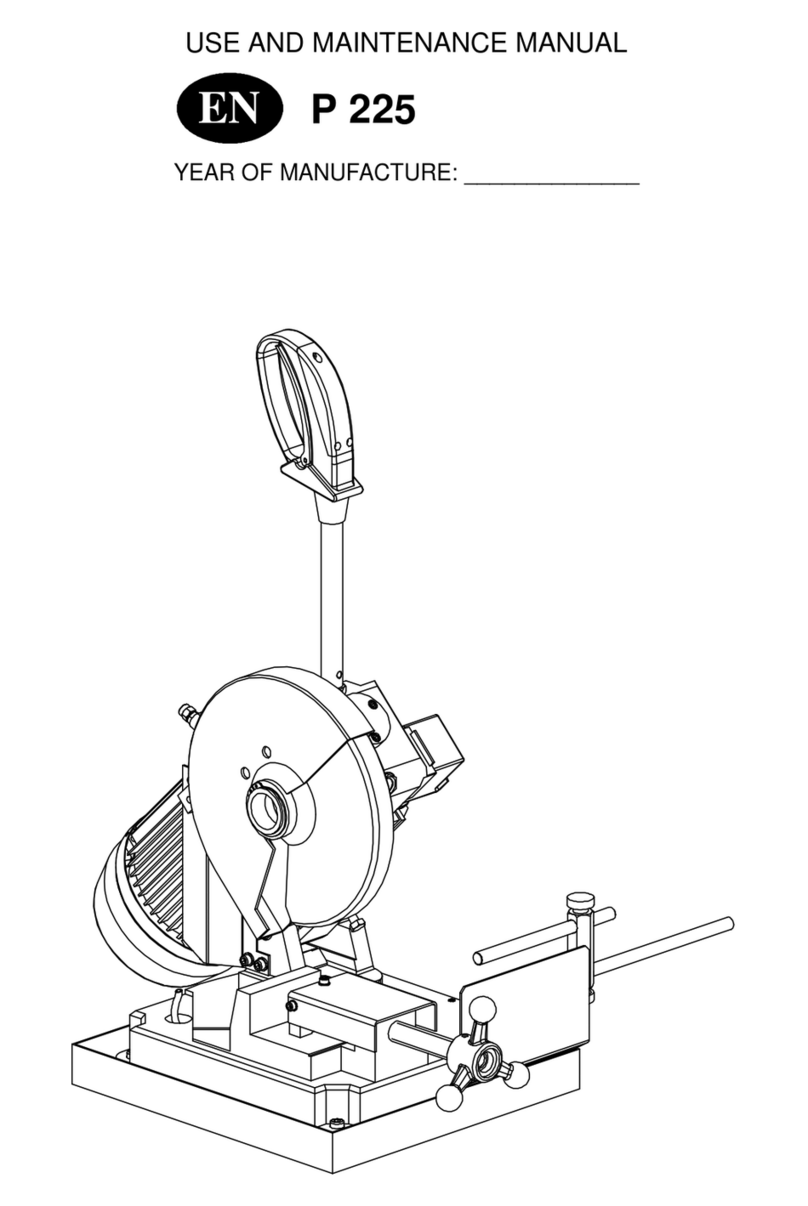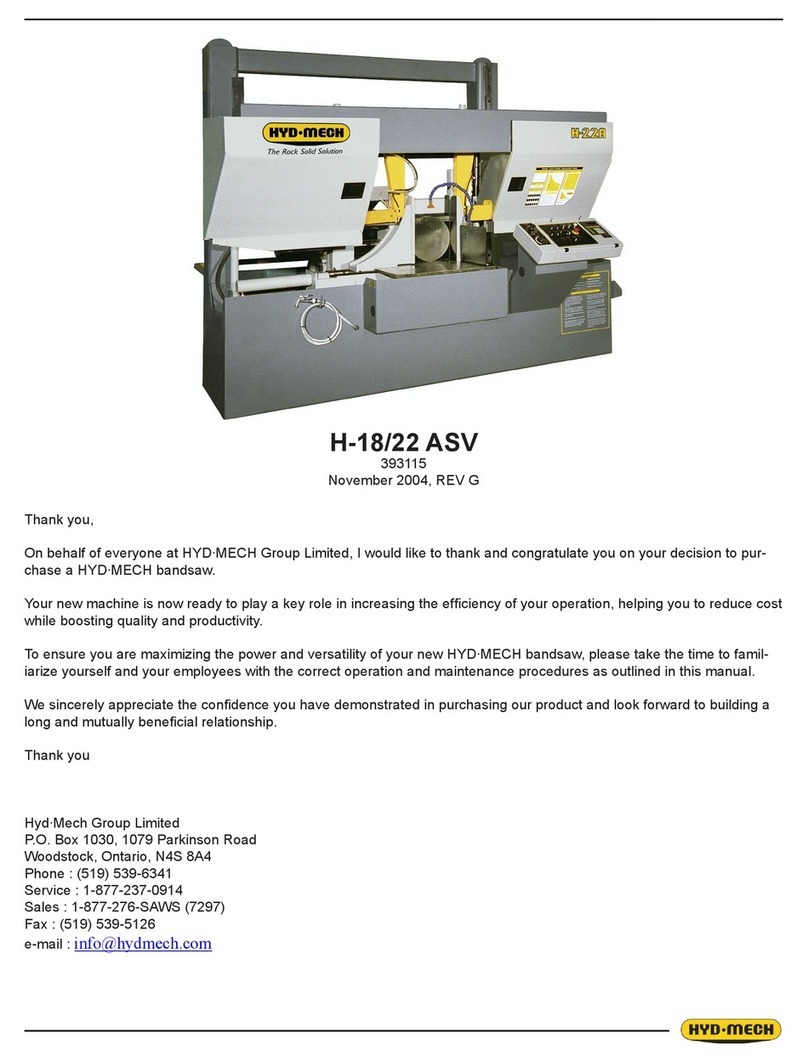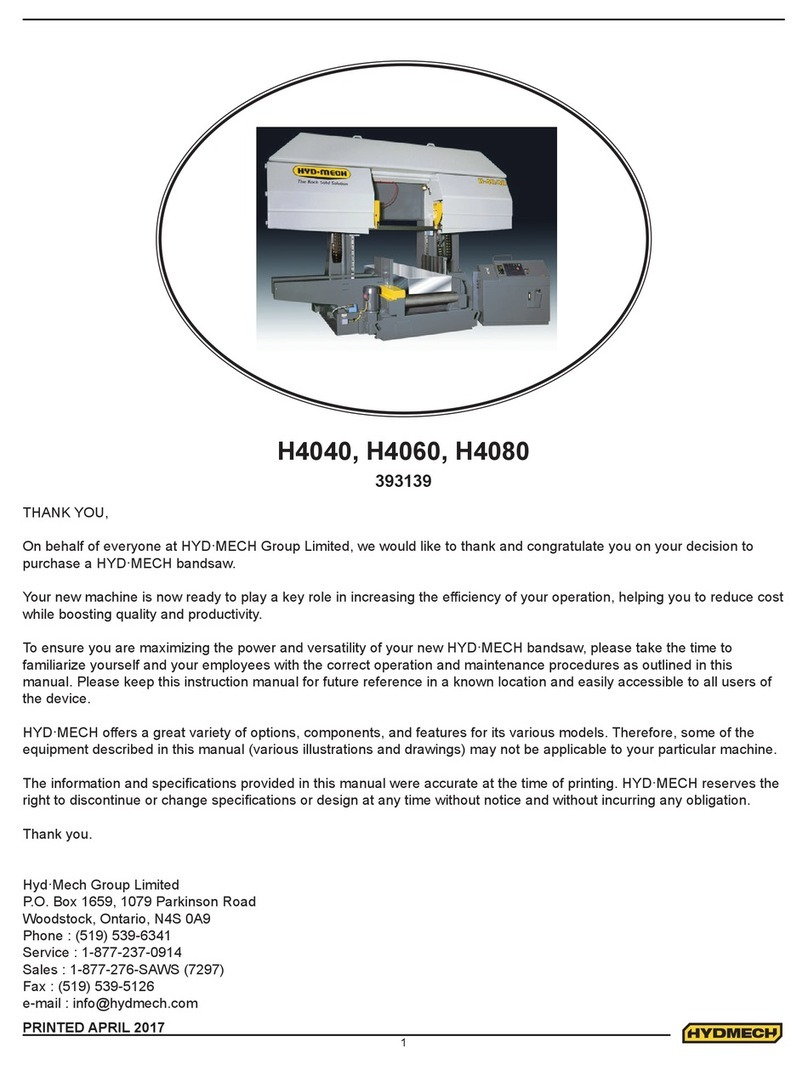
1
TABLE OF CONTENTS
SECTION 0 - SAFETY INSTRUCTIONS
SUMMARY ..................................................................................................................................................................0.1
FOREWORD ...............................................................................................................................................................0.2
RESPONSIBILITIES OF THE OWNER.......................................................................................................................0.5
RESPONSIBILITIES OF THE OPERATOR AND MAINTENANCE PERSONNEL......................................................0.6
SECTION 1 – INSTALLATION
SAFETY PRECAUTIONS............................................................................................................................................1.1
LIFTING AND SHIPPING ............................................................................................................................................1.2
FOUNDATION LEVELING AND ANCHORING ...........................................................................................................1.2
EARTH GROUNDING PROCEDURE.........................................................................................................................1.2
WIRING CONNECTIONS............................................................................................................................................1.3
HYDRAULIC OIL AND CUTTING FLUID ....................................................................................................................1.3
SECTION 2 - OPERATION INSTRUCTIONS
BLADE BASICS...........................................................................................................................................................2.1
VARIABLE SPEED CONTROL....................................................................................................................................2.1
SECTION 2 - OPERATION INSTRUCTIONS
THE CONTROL CONSOLE ........................................................................................................................................2.2
PLC CONTROL PANEL...............................................................................................................................................2.4
MANUAL MODE OPERATION ....................................................................................................................................2.6
AUTOMATIC OPERATION..........................................................................................................................................2.6
COOLANT FLOW........................................................................................................................................................2.7
KERF CORRECTION..................................................................................................................................................2.7
HYDRAULIC FEED CONTROL...................................................................................................................................2.8
CUTTING PARAMETERS CHART..............................................................................................................................2.8
VARIABLE VISE PRESSURE (OPTION)....................................................................................................................2.13
BUNDLING OPERATION (OPTION)...........................................................................................................................2.13
SECTION 3 - MAINTENANCE & TROUBLESHOOTING
BLADE CHANGING PROCEDURE ............................................................................................................................3.1
BLADE TRACKING AND ADJUSTMENT....................................................................................................................3.1
BLADE GUIDE ADJUSTMENT ...................................................................................................................................3.3
BLADE BRUSH ADJUSTMENT ..................................................................................................................................3.3
CAM FOLLOWER ADJUSTMENT ..............................................................................................................................3.3
LUBRICATION.............................................................................................................................................................3.3
HYDRAULIC MAINTENANCE.....................................................................................................................................3.4
CLEANLINESS............................................................................................................................................................3.5
TROUBLESHOOTING ................................................................................................................................................3.6
PROGRAMMABLE LOGIC CONTROL, MITSUBISHI 100 .........................................................................................3.7
PLC 100 TROUBLESHOOTING .................................................................................................................................3.9
SECTION 4 - ELECTRICAL SYSTEM
GENERAL INFORMATION..........................................................................................................................................4.1
INITIAL HOOKUP........................................................................................................................................................4.1
H-14P ELECTRICAL SCHEMATICS 208-240 VAC.....................................................................................................4.6
H-14P ELECTRICAL SCHEMATICS 480-575 VAC.....................................................................................................4.14
SECTION 5 - HYDRAULIC SYSTEM
GLAND ASSEMBLIES.................................................................................................................................................5.2
PISTON ASSEMBLIES................................................................................................................................................5.2
HYDRAULIC SCHEMATIC..........................................................................................................................................5.3
HYDRAULIC PLUMBING DIAGRAM ..........................................................................................................................5.4
SECTION 6 - MECHANICAL
BLADE BRUSH ASSEMBLY .......................................................................................................................................6.1
